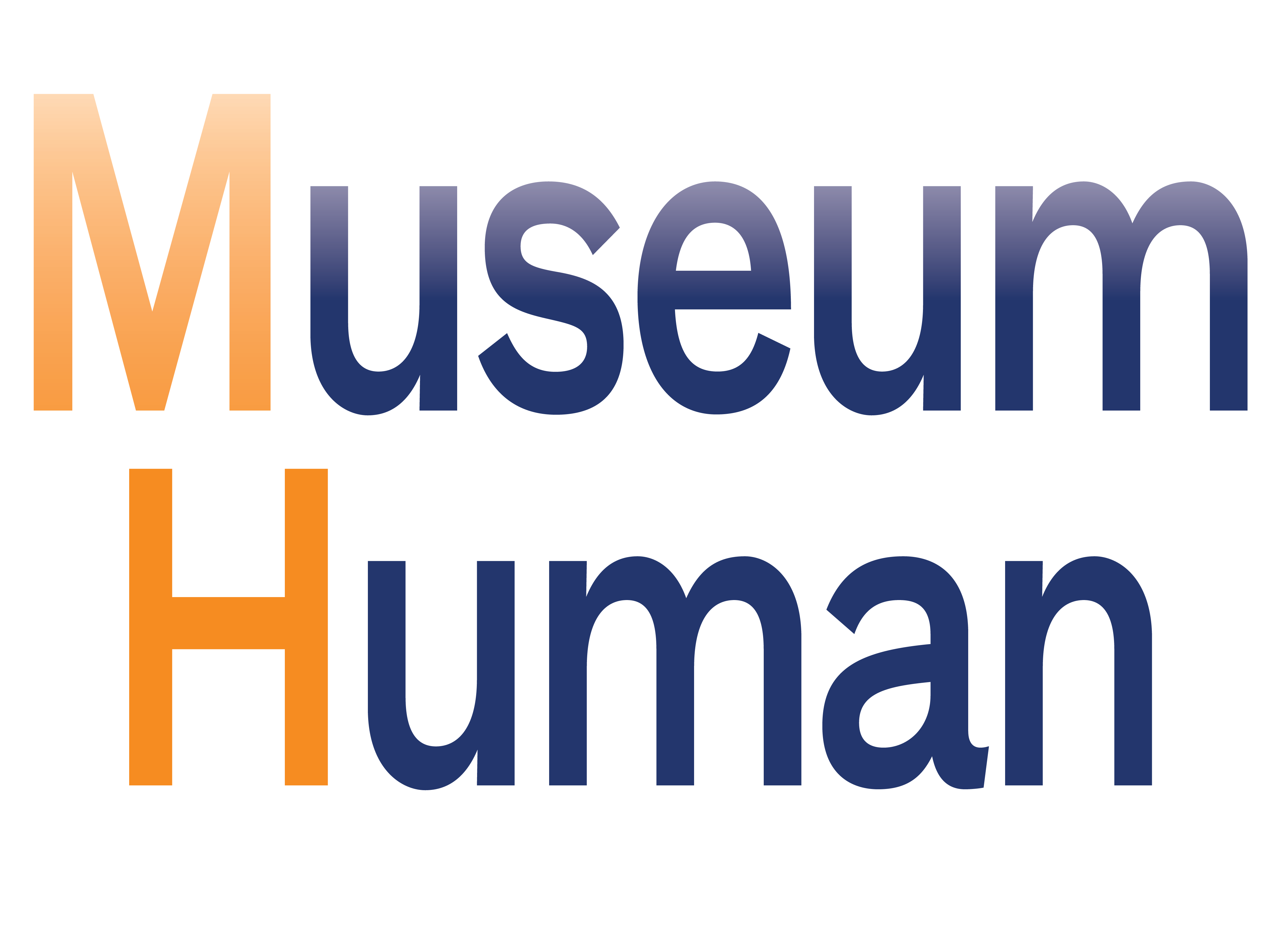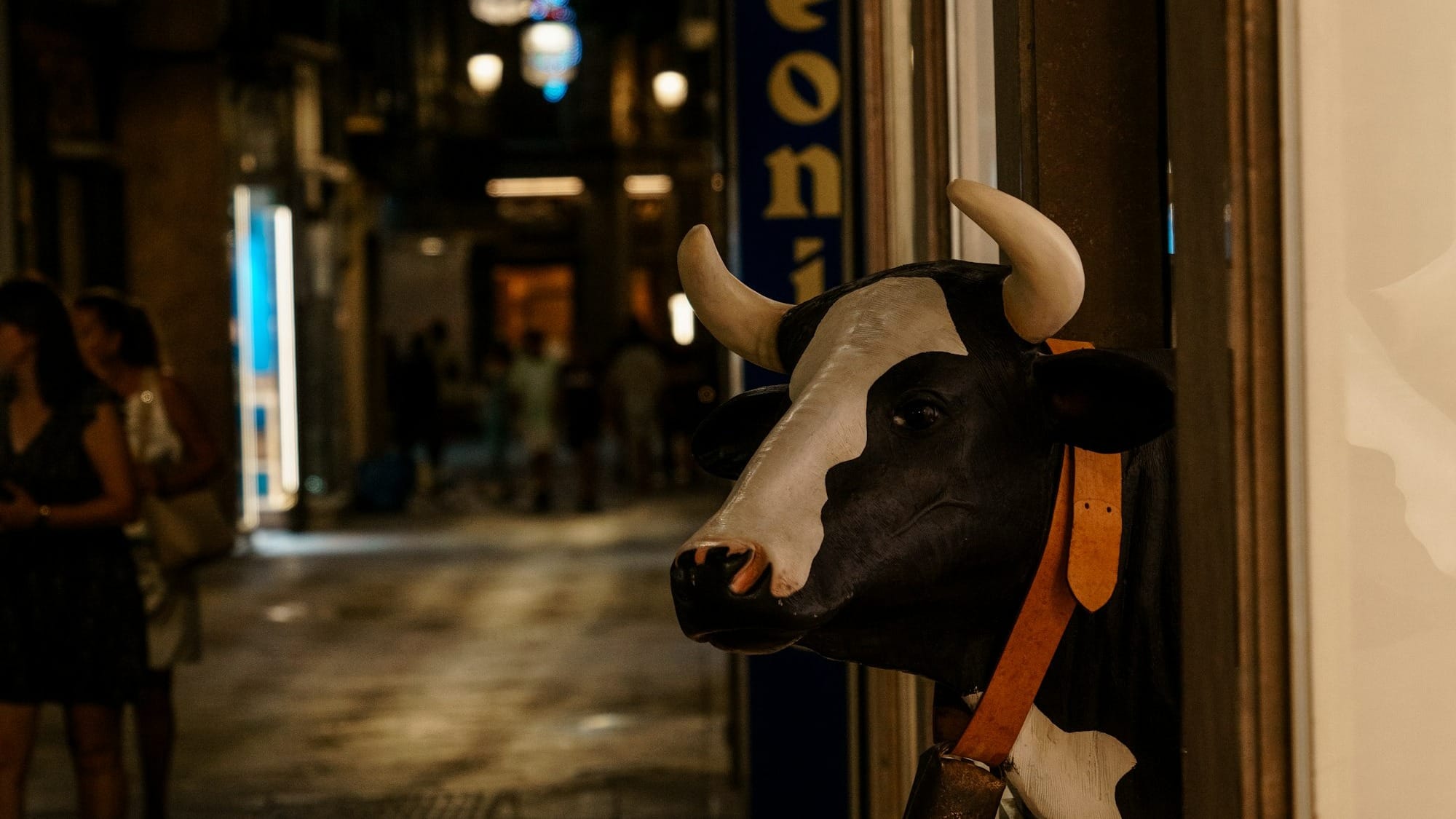
Museums, like many institutions, are pushing for remote workers to come back to the workplace. Why … and how?
If you're reading this and not a subscriber to Museum Human, consider scrolling to the bottom and signing up now—it's free and is the only way to read the site's longer weekly posts on the organizational culture of cultural organizations.
Come back, get back … to where you once belonged? To work, to normal. Many museums around the country are getting government permission to increase workplace capacity, especially as visitor caps are eased in the face of increased vaccination and dropping Covid case numbers (no matter what epidemiologists might say).
This blog has written about flexible work in the face of pandemic (not our only crisis) pretty much in every Links of the Week from this year (check them out here, here, here, here, here, here, here, here, and especially here). This week let's think a little less about making hybrid work, um, work, and more about the messages workers are hearing about returning to their workplaces … and to normal.
I'll start with this op-ed from the Boston Globe, which says that hybrid work "can't last," as if it's a fad that everyone has tried, like hula hoops or TikTok. The article may be paywalled, but if you can read it, please do—and then check out these responses on Twitter, which point out that writers like this ignore not only the benefits of working from home but also the negatives of commuting, toxic workplaces, and being away from family during a terrible time, never mind the trauma and anxiety people have experienced over the past year-plus.
Working at home may have been a dream for some people, but doing so because of a pandemic was in no one's plans for this decade. So-called experts need to get themselves some empathy now. Because while museums can plausibly argue that there is such a thing as museum culture (good and also bad), and that this might be a draw for museum studies grads, the idea of an all-important culture, a museum-ness, is increasingly irrelevant as younger workers care less in general about in-person workplace culture—they want a tangibly great place to work, and not just a great place.
The writer of the above article, responding to this Washington Post op-ed (paywall), argued that:
Our bosses finally see all invisible labor we’ve been doing for years. Instead of identifying it as work that deserves compensation, they call it those “extra” things, which previously went unnoticed and unappreciated by our managers. Now they understand what we’ve been trying to tell them all along, and they’re acting like they discovered it themselves.
To wit, check out this piece from the justice-centering website Truthout:
This tension between bosses and workers, between capitalism and sustainable existence, put many COVID victims in the ground over the last year. This permanent push to “open up” and “get back to normal” was, and remains, nothing less than capitalism demanding that the workers be stuffed back into their roles regardless of the peril. This venomous profit motive stands above all other priorities, and it got a lot of people killed by way of hasty anti-science “re-openings” that rang a dinner bell for the virus.
Think it's a little harsh to talk about profit motives in a blog about cultural nonprofits? Museums still exist in capitalism.
Even the august Harvard Business Review states that workplaces can't just bring back their old habits and culture. And Financial Times (paywall) argues that offices are courting trouble if they just have empty workplaces on Monday and Friday—which to me says that offices need to allow lots of variety in arrangements for workers.
No one asked for Zoom's new immersive view as a way to get around offices and meetings. Even McKinsey recognizes that many functions and elements of our offices are worn out and that executives must evaluate roles across organizations in light of hybrid work (are museum leaders?).
Are the museum leaders imploring for workers to come back ready for more pointed, in-person discussions of racism and the changes that need to happen for museums to be safe and inclusive workplaces? The Guardian covered a recent retirement, while the Basecamp brouhaha made it clear that leaders can't shut down internal conversations—especially about the institutional culture—and make them go away.
Are museums part of the capitalist culture which has been denying much of the world vaccines—as designed? Can museums handle uncertainty, which the CDC only stoked through their mask-sort-of-dropping announcement? Will workers who continue to derive comfort from wearing masks feel pressure from higher-ups to remove them in order to "get back to normal"?
Here's a larger study on working from home. The authors make several points about why WFH won't just go away because leaders want it to, with my emphases added:
We develop evidence on five reasons for this large shift [to increased worker satisfaction with working from home]: better-than-expected WFH experiences, new investments in physical and human capital that enable WFH, greatly diminished stigma associated with WFH, lingering concerns about crowds and contagion risks, and a pandemic-driven surge in technological innovations that support WFH.
"Diminished stigma"? Try telling that to museum leaders. The writers continue:
We also use our survey data to project three consequences: First, employees will enjoy large benefits from greater remote work, especially those with higher earnings. Second, the shift to WFH will directly reduce spending in major city centers by at least 5-10 percent relative to the pre-pandemic situation. Third, our data on employer plans and the relative productivity of WFH imply a 5 percent productivity boost in the post-pandemic economy due to re-optimized working arrangements. Only one-fifth of this productivity gain will show up in conventional productivity measures, because they do not capture the time savings from less commuting.
These hallway and cafeteria conversations had better be great! (And not just workers venting about managers and leaders.)
I've cited this several times, but please keep reading org culture guru Stowe Boyd's Substack piece on "minimum viable work." Focus on the arguments against butt-in-seat, performative attendance. At a time when the museum field has been called into question as a viable and sustainable enterprise (read some Museum Human pieces here, here, here, and here—and the impact of this on museum workers here), museums as institutions can't gaslight workers into believing that everything in the workplace is just great. (Just listen to how many women are saying one thing they're NOT going to miss is sexual harassment during commutes and at the office.) Work is, often, pretty bad, and museum leaders pretending otherwise isn't going to go uncontested.
Laura Freebairn-Smith, Partner at org-design firm OPG has a good article about the fears that leaders have about working from home. The company's specific steps are pretty involved (meaning intentional), but they show a high degree of wanting to make something which works for all staff—as long as the workers are properly onboarded. For an existing organization trying to implement these trust-heavy processes, it's incumbent on leaders to emphasize inclusion—give all staff something to trust! Brandishing equity in the name of restrictive WFH policies, when the rest of the org doesn't show any signs of increased inclusion and psychological safety, is not justice; it's cherry-picked diversity in another package.
Finally, I know many of us below top org levels feel that the trauma of the past year-plus has not been properly acknowledged by leaders. For people who are angry and resentful about being told "it's time to take off your mask and start living your life again free of fear," I quote at length an article from The Atlantic which I linked to above (also here), on what is different now from last year:
there is another crucial difference between May 2020 and May 2021: People have now lived through 14 months of pandemic life. Millions have endured a year of grief, anxiety, isolation, and rolling trauma. Some will recover uneventfully, but for others, the quiet moments after adrenaline fades and normalcy resumes may be unexpectedly punishing. When they finally get a chance to exhale, their breaths may emerge as sighs. … “As hard as the initial trauma is,” [one expert] said, “it’s the aftermath that destroys people.” … The pandemic hasn’t been a one-off disaster but “a slow, recurrent onslaught of worsening things” . … “We can’t expect people to go through that and for everyone to come out the other side being fine. People suffered in between, and those effects must be addressed, even if we’re walking around maskless.”
Then this about the danger of hailing our "resilience":
… people are resilient, and often more so than they realize. But … the rhetoric of individual resilience can often be used to plaster over institutional failures: the shortage of mental-health-care providers, the labyrinthine insurance system, the lack of support from employers, the stigma around seeking care at all, and the societal tendency to bottle grief.
(Remember what I wrote about mental health issues in museums?) Finally:
… Similar tendencies are apparent now, as commentators wonder why many Americans are still anxious and risk averse, even as the U.S. begins to wake from its pandemic nightmare. “I think some people believe we pressed ‘pause,’ and we’ll go back to the way things were before, as if we didn’t have all the intervening experiences, as if 2020 didn’t happen, as if getting a vaccine erases your memory” …
But it is also reasonable for people to want to continue wearing masks, to feel anxious that others might now decide not to, or to be dubious that strangers will be honest about their vaccination status. People don’t make decisions about the present in a temporal vacuum. They integrate across their past experiences. They learn. Some have learned that the CDC can be slow in its assessment of evidence, or confusing in its proclamations. They watched their fellow citizens rail against steps that would protect one another from infections at a time when the U.S. had already weathered decades of eroding social trust. They internalized the lessons of a year in which they had to fend for themselves, absent support from a government that repeatedly downplayed a crisis that was evidently unfolding. … For some people, taking off a mask will mean just exposing the bottom half of their face. But for others, it signifies that they must reevaluate their understanding of risk and danger yet again, with fewer emotional reserves at hand. “I feel more clingy towards the routines I’ve established. … Summer feels like an unknown, and kind of exhausting. [It means] navigating new situations, reestablishing relationships, and deciding on COVID norms. It feels tiring.”
Are museum leaders ready to acknowledge that the return to the workplace won't just be joyous, but it might also be exhausting and scary?
I won't quite say "enjoy" these links, what with the anxiety created by general demands to return to the museum workplace, but share them with your colleagues and build a collective awareness of what you're all giving up—and what museum leaders are claiming you're getting back. If the culture is a letdown, let your leaders know!
If you're reading this and not a subscriber to Museum Human, consider signing up for a free subscription below—it's the only way to read the site's longer weekly post on the organizational culture of cultural organizations. Thank you for reading!
cover image by Tamanna Rumee on Unsplash [description: a circle of paper clips on a blue background]

Links of the Week: May 27, 2021: Get Back … by Robert J Weisberg is licensed under a Creative Commons Attribution-NonCommercial-ShareAlike 4.0 International License.






